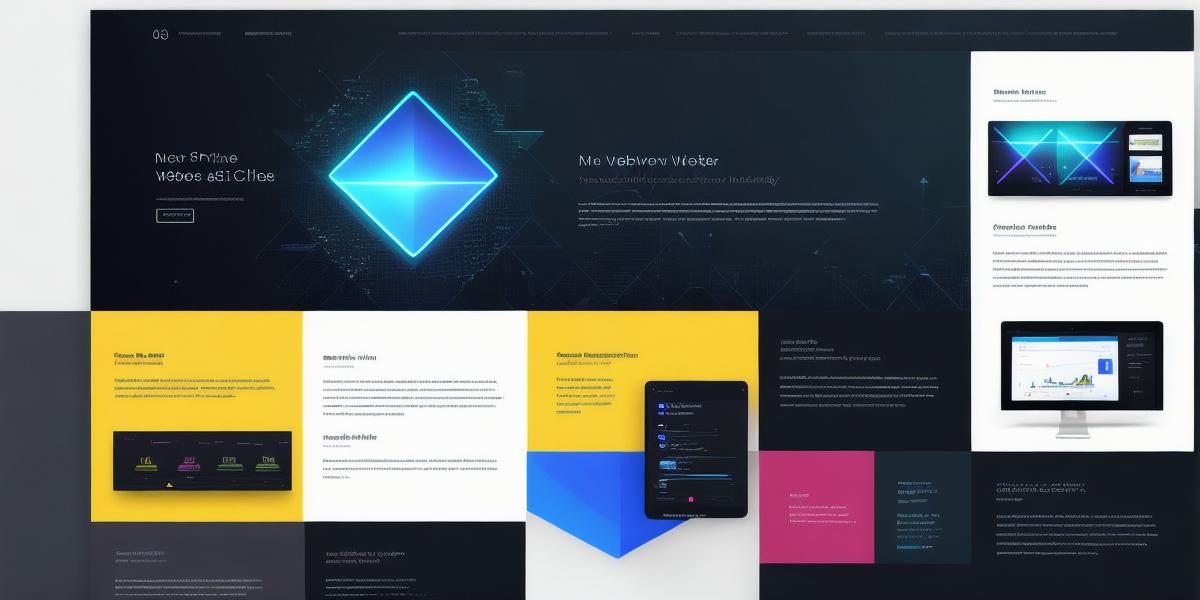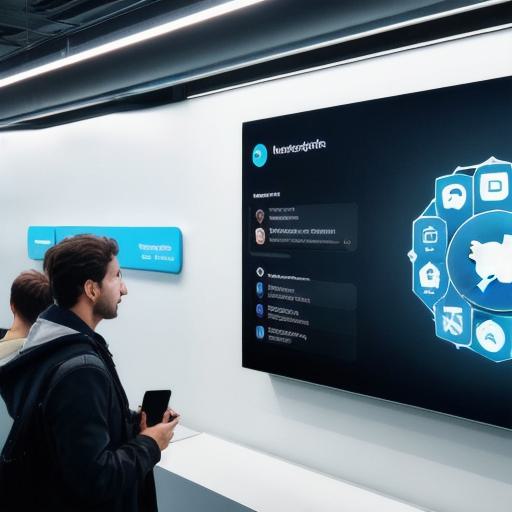Discover the Future of the Internet: Exploring the World of Web3 Websites

The internet has revolutionized the way we live and work, but it’s not stopping there. The next big step forward in the evolution of the web is Web3, a decentralized network that promises to be faster, more secure, and more resilient than its predecessors. In this article, we will explore the world of Web3 websites and how they are changing the way we interact with the internet.
What is Web3?
Web3 is a decentralized network that allows users to create, share, and consume content without relying on central intermediaries like Facebook, Google, or Amazon. It’s built on blockchain technology, which provides a secure, transparent, and tamper-proof ledger of all transactions on the network. This makes it possible to build applications that are more resilient, more secure, and more democratic.
Web3 websites: The next big thing

One of the most exciting aspects of Web3 is the rise of decentralized websites, also known as dApps. These are web-based applications that run on the blockchain and can be accessed through a browser or mobile device. Unlike traditional websites, which rely on central servers to host their content, dApps are completely decentralized and run on a network of computers around the world.
Some examples of Web3 websites include:
- Decentralized social media platforms like Mastodon and MindSphere
- Decentralized marketplaces like OpenSea and Rarible
- Decentralized finance (DeFi) applications like Uniswap and Compound
How Web3 websites work
Web3 websites use smart contracts to manage their operations. Smart contracts are self-executing programs that run on the blockchain and can automate complex tasks like buying and selling assets, or issuing digital tokens. They provide a level of transparency and security that traditional contracts can’t match, making it possible to build trustless applications that don’t rely on intermediaries.
Web3 websites are also highly resilient, thanks to their decentralized architecture. Because they don’t have a central point of failure, they can withstand attacks and continue to function even if one or more nodes on the network go offline. This makes them ideal for applications that require high availability, such as financial services or supply chain management.
Benefits of Web3 websites
Web3 websites offer several benefits over traditional websites:
- Decentralization: Web3 websites are completely decentralized, which means they don’t rely on central intermediaries to host their content or manage their operations. This makes them more resilient and less susceptible to censorship.
- Security: Web3 websites use blockchain technology to provide a secure and transparent ledger of all transactions on the network. This makes it difficult for hackers to compromise the network or manipulate its data.
- Transparency: Web3 websites are open source, which means that their code is publicly available for anyone to view and audit. This provides transparency and accountability, which is especially important in industries like finance and supply chain management.
Real-life examples of Web3 websites
Here are a few real-life examples of Web3 websites:
- Mastodon: A decentralized social media platform that allows users to create and share content without relying on Facebook or Twitter.
- OpenSea: A decentralized marketplace for buying and selling non-fungible tokens (NFTs), which are unique digital assets like art, collectibles, and real estate.
- Uniswap: A decentralized exchange for trading cryptocurrencies and other assets, which uses smart contracts to automate its operations.
The future of Web3 websites
Web3 websites are still in their early stages, but they are already gaining traction among users and developers alike. As more people recognize the benefits of decentralization and security, we can expect to see a growing number of applications built on the blockchain.








